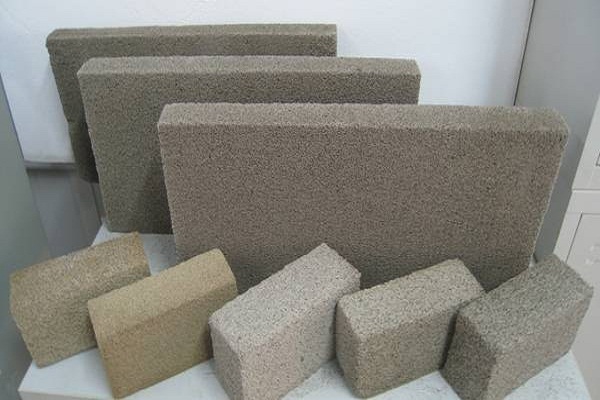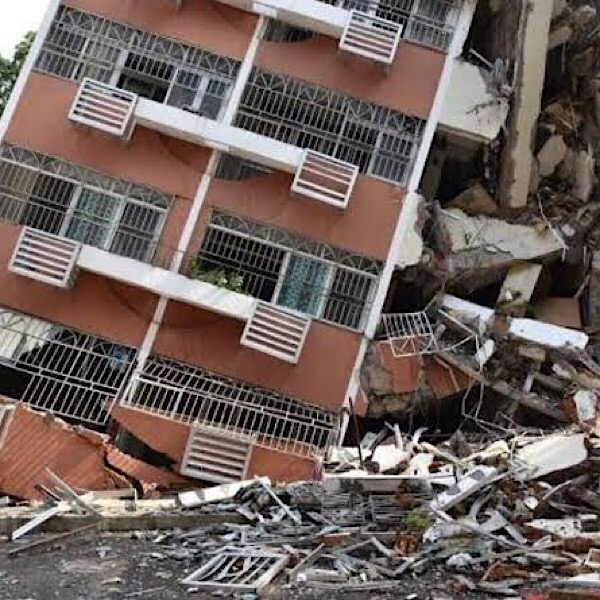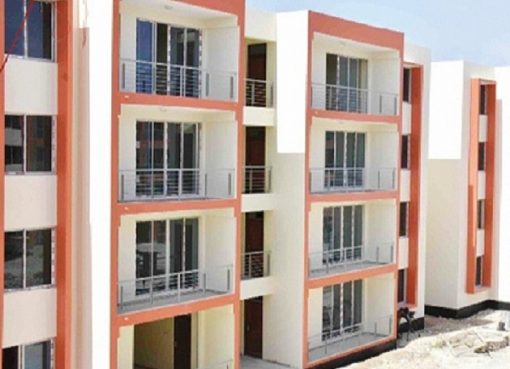Cellular Lightweight Concrete is also known as CLC. In other words, CLC is also known as foamed concrete. The CLC is widely used for construction purposes as it has various advantages and usage than the traditional concrete bricks.
The foamed concrete is manufactured from mixing of Portland cement, sand, fly ash, water and performed foam in varied proportions. This CLC (Cellular Lightweight Concrete) can be produced at building sites with the use of machines and molds used for normal concrete.
One of an important characteristic of foamed concrete is it has self-compacting property as there is no compaction is required. And also, it easily flows out from the pump to fill the mold. With this property is can be pumped to maximum distance and height.
Structure of Cellular Lightweight Concrete
Cellular Lightweight Concrete contains Foam, Fly ash and Cement.
First is Foam: The foam is generated from Foam generator and it produces foam by using an appropriate agent. The air is maintained at 40 to 80 percent of total volume. The size of differs is from 0.1 to 1.5 mm in diameter. The main raw material is used to generate Gentile and organic substance.
Fly ash: Fly ash is generally a waste product form Industries. And the main thing is fly ash is not easily disposed of. As the fly ash is an important ingredient of CLC solves the issue of its disposal and it is also very economical. And this makes also foamed concrete as environment-friendly.
Cement: Cellular lightweight concrete is a homogenous combination of Portland cement, cement-silica, cement-pozzolana, lime-pozzolana, lime-silica pastes all have same cell structure and it is obtained from gas-forming chemicals of foaming agents at measured levels.

How to manufacture Cellular Lightweight Concrete
- The clc batches are manufactured by mixing the raw material in the concrete mixer. The strength changes with the used material and air pocket content.
- For continuous cellular lightweight concrete is manufactured by mixing light mortar and preformed foam under pressure in a special static mixer.
density of Cellular Light weight Concrete
Density is measured in kg per m3. The regular density of concrete is 2400 kg/m3. And the foamed concrete density ranges between 400 kg/m3 to 1800 kg/m3.
In the Cellular lightweight concrete, the density is increased by foam filling and it is generated by foam-generator. The using of fly ash in CLC decrease the density but it did not affect the overall strength and structure.

Density
Foamed concrete is made in various ranges for a different purpose.
- Lower density (400-600 kg/m3): This type of low-density CLC is ideal for thermal and sound insulations. These density CLC resist against fire, termite and moisture. And it is also used as a substitute for glass wood, wood wool and thermocol.
- Medium Density (800-1000 kg/m3): These density bricks are used for manufacture pre-cast blocks for non-load bearing brickwork. Size of these bricks is varied on different design and construction requirements.
- High Density (1200-1800 kg/m3): This structural grade material used for
Construction of load-bearing walls and ceiling of low rise structures, the formation of partitioning walls, production of pre-cast blocks for load-bearing brickwork.
Advantages of CLC (Cellular Lightweight Concrete)
CLC has various advantages depends on their applications.
- Lightweight
- Fire Resistant
- Thermal Insulation
- Sound absorption and Acoustical Insulation
- Environmentally Friendly
- Cost-Efficient
- Termite free and resist freezing issues.
Lightweight: CLC is lightweight which helps in weight management of building material and craning work.
Fire Resistance: The air pockets in the structure are mainly responsible for high fire resistance. The high density of clc walls can last for hours in fire.
Thermal Insulation: The low-density foamed concrete is perfect for thermal insulation. At this density, it has a density that supports structure.
Sound Absorption: Low density increases acoustical insulation.
Environmentally Friendly: Low weight fly ash concrete bricks use an industrial waste.
Cost-Effective: As it uses industrial waste but also save the production cost of concrete blocks. And it saves the construction cost.
Cellular lightweight concrete is termite-proof and resistant to freezing issues.
Application of Cellular Lightweight Concrete
- CLC is preferable for thermal insulation as bricks and clocks instead of flat roofs and non-loading walls.
- The low strength material is used for old sewer pipes, wells, unused cellars and basements, storage tanks, tunnels and subways.
- It is also used to the built a heat-insulated light wall panel.
- It maintains the acoustical balance of concrete.
- Used in light heat resistant ceramic tiles.
- Soil water drainage purposes.
- It is used in a bridge to prevent freezing.
- Also used for Perlite plaster and Perlite lightweight concrete.
What is the difference between Lightweight concrete and Aerated Concrete?
There is confusion between gas or aerated concrete. In aerated concrete the bubbles are formed chemically with the reaction of aluminum powder with calcium hydro oxide and other alkaline compounds.
Aerated concrete is a mixing of an air-entraining agent to concrete. The foam concrete is manufactured with a different technique.
The CLC has different properties for various requirements thus it is widely used for building projects around the world. It is also contributing to preventing the air, water and noise pollution.
This CLC brick has both properties and profitable and its fire-resistance makes it more preferable as construction material by builders and architects.
Source: qgreentech










